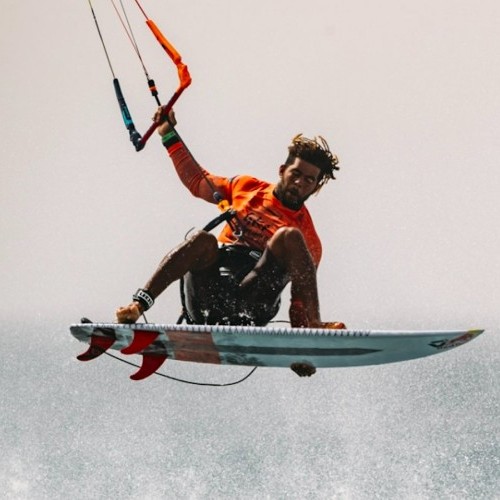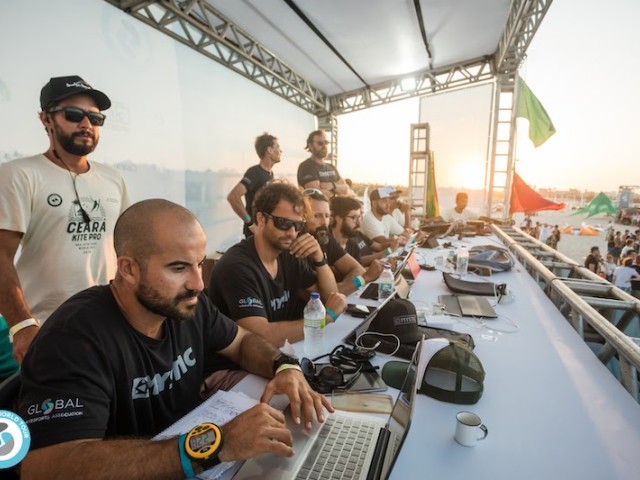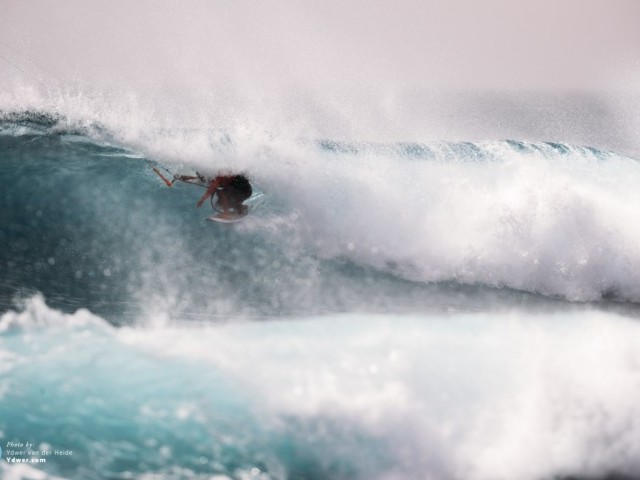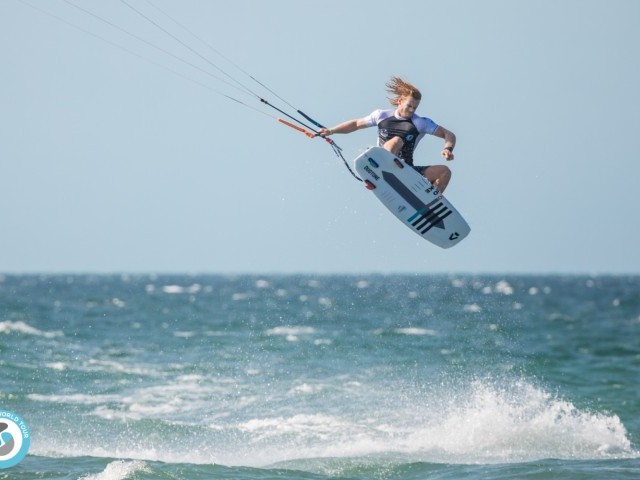
GKA Event Updates – Changes in Elimination Process
Tue 25th Feb, 2020 @ 10:45 am
There have been some changes to the structure of the elimination process in competitions for both the Kite-Surf and Freestyle disciplines.
Say hello to Dingle elimination!
The tour begins next week with GKA Kite-Surf World Cup Cape Verde, but before the competition starts, have you heard about the small changes to the elimination process, and what the judges are looking for on the water in 2020?
There have been some changes to the structure of the elimination process in competitions for the Kite-Surf discipline, there will no longer be qualifiers for events, and the new Dingle elimination process will make competing more equitable for each rider.
The elimination ladder for 2020 has a new adapted Dingle. We’ve used Dingles in the past, but this year instead of doing qualifiers we’ve decided to add two rounds that will replace the qualifiers.
These rounds are not officially Qualifiers, but as the TOP 16 + 2 GKA wildcards are already pre-seeded in round three, the new riders or lower-ranked riders have to battle to reach round 3 to compete against the big names. These rounds are not too difficult, in that only one rider out of the three loses on round 1, and second-placed riders get a second chance to make it round 3 in round 2. This is the only difference compared to the dingle ladder used in 2019.
In addition to those pre-seeded 18 riders, two local wildcards, ten new riders will be able to join in the action on any world tour event. This does make it more difficult to enter an event, and new riders will need to prove that they have the level to be able to compete on a world tour event.
Within the new ten riders, the GKA give priority not only to riders with a good ranking from previous years, but also riders who have kite merits, or who show that they have a high level of riding. For instance, the athlete Filipe Fereira has not competed in the last two years but has a very high level was given a spot on the event of Cape Verde starting next week.
So how does the dingle elimination ladder work in a competition?
Here is how dingle elimination works in heat progressions:
(a) In this dingle elimination, the winner of the first round heats advances to the third round, while the second advance to the second round and third-placed riders are out of the competition.
(b) The winners of the second round heats advance to the third round, while the second-placed riders are out of the competition.
(c) The winners of the third round heats advance immediately to the fifth round. At the same time, the second and third-placed riders are re-seeded into the fourth round
(d) From the fourth round on, the winner of the heats advance to the next round, while the second-placed riders are out of competition, until the final.
What do the judges want to see on the water in 2020?
What do the judges want to see on the water to score big points on the 2020 tour? We caught up with GKA judge Javo Santangelo. We asked him what exactly it is that the judges want to see on the water in the Freestyle discipline and head judge Mallory de la Villemarque, to give us the lowdown on what the judges are looking for in the Kite-Surf discipline.
‘First up is commitment in the waves, will the riders go very critical right at the start of the wave and risk a fall, or are they going to play it safe. The start of the wave is super important, that’s where you get all the big points, rather than playing safe and making safe manoeuvres we want to see riders taking risks and going big right from the start. The risk factor and the commitment of the rider when performing the manoeuvres is very important in scoring, as is wave selection, especially when there is potential for big ones. Then the technicality of the manoeuvres riders will be doing, will they be doing technical airs, vertical turns right in the pocket, barrels, etc. We also want to see variety within the same wave, we don’t want to see every turn the same, we want to see cut-backs, massive hacks, barrels, and innovative airs. We also want to see a good flow and linking of maneuvers, how will riders work the connections in between will they just go flat or will they work their board, will they have speed?” – Mallory
“Well, what we are always looking for is innovation, that’s super good to see new things on the water, but what were mainly looking for is the execution, speed in, speed out, the amplitude, the power and the smoothness when the riders land. Most important though is innovation, double or triple handle passes and all with perfect execution of course!” – Javo
For more information on the GKA, please click here.












